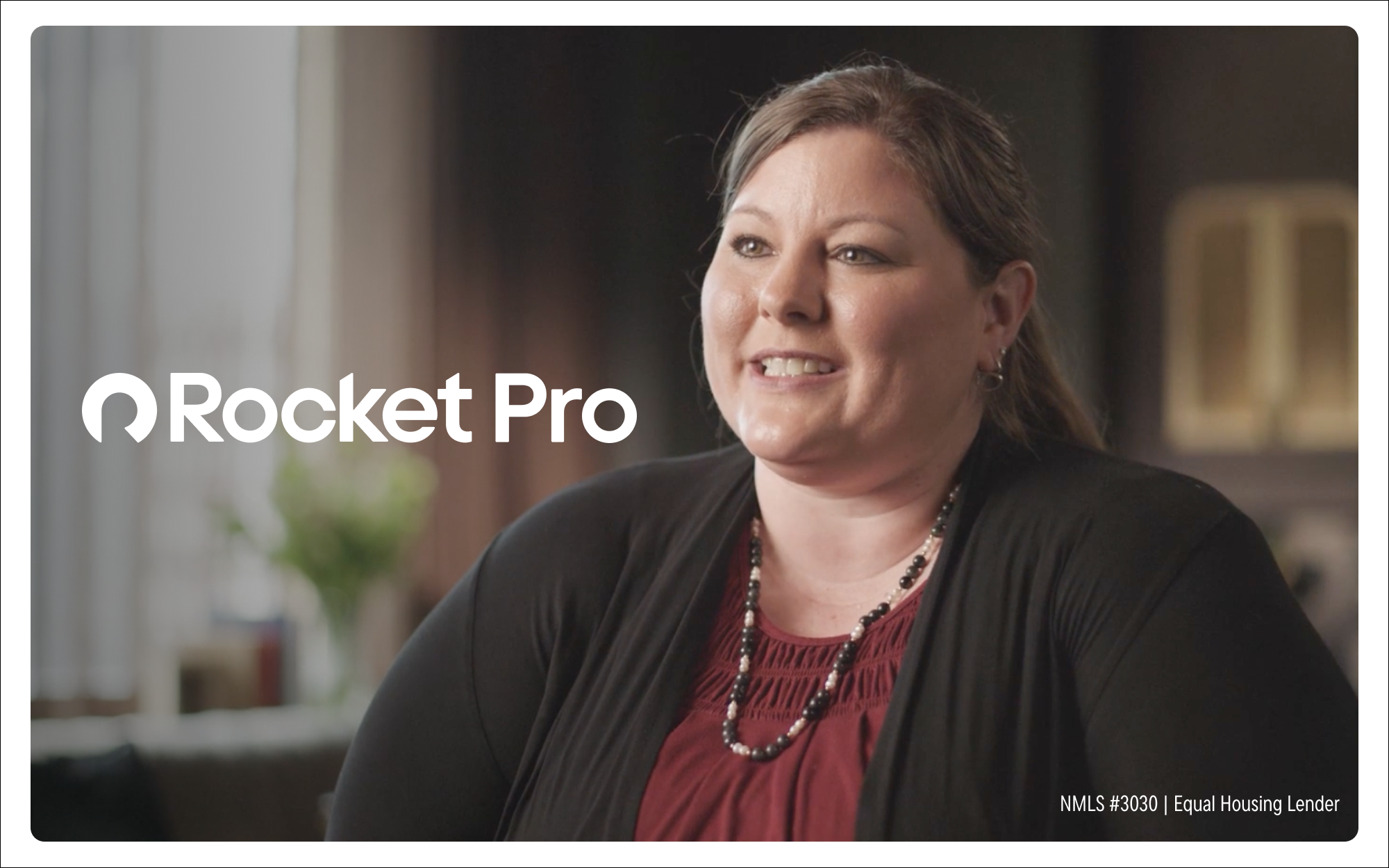Many people want face-to-face interaction when they’re on the cusp of a major financial decision. Community banks must offer both technology and in-person service to deliver a superior lending experience.
Why Face-to-Face Lending Still Matters
July 01, 2025 / By Cheryl Winokur Munk
Many people want face-to-face interaction when they’re on the cusp of a major financial decision. Community banks must offer both technology and in-person service to deliver a superior lending experience.
As digitalization continues to reshape the banking industry, community banks face an ongoing challenge: balancing the efficiency of online loan applications with the irreplaceable value of in‑person advice.
A recent FDIC report showed small business lending remains a staff-driven service for banks. While 34% of banks permit some steps to be completed online, only 6% of banks have a fully online application process for small business loans, according to the report. And that’s why the in-branch experience is so critical.
“In the face-to-face world, community banks can talk about outcomes and solutions, not just products,” says Jim Burson, a partner at Cornerstone Advisors, a strategic advisory firm for financial institutions.
Here’s what community banks need to know about the in-branch experience for loans.
In-person advice still matters
Face-to-face meetings remain a cornerstone of community banking. Many first-time buyers prefer to meet with a lender when making major financial decisions, like purchasing a car or a house, says Elizabeth Allen, marketing director at $500 million‑asset Better Banks in Peoria, Illinois.
“They have several questions and feel a face-to-face conversation helps,” she says. “These are often emotional purchases, and people want reassurance that they are on the right track and are nervous about qualifications.”
These meetings also allow bank staff to “pick up on nonverbal clues and build the relationship, which you can’t do in an online form,” Allen adds. “You can also learn more about their other financial needs and future needs.”
During the COVID-19 pandemic, banks had to shift quickly to digital applications, especially for mortgages, says Nick Alphs, president of mortgage lending at $2.92 billion-asset Academy Bank in Kansas City, Missouri.
Yet, in the wake of the pandemic, he’s seeing a resurgence of people who want to come into the branch for advice. For instance, a couple building a home wants to know what they qualify for and what the process will be like, because it’s more complicated than buying an existing home, says Alphs.
When challenges related to homebuying crop up, it can be helpful for lenders, real estate agents and customers to strategize together in person about how to handle issues such as affordability concerns or the need for a higher down payment.
Digital tools can’t usually solve these issues. “When everybody is in the same room, at the same time, talking through the strategy, it feels a lot better,” Alphs says.
In-person advice is also valuable for business owners seeking strategic advice, says Burson. He offers the example of a dentist who wants to grow their practice. It’s not just about what loan they need to buy a building. It’s about how to grow the business, perhaps with the help of a loan.
In-person discussions allow banks to dig deeper. “They aren’t just selling a loan,” says Burson. “They are helping build outcomes for a business.”
Meeting lending needs across generations
Community banks shouldn’t assume that people of a particular age will want to do everything online or everything in person, says Shane Hartzler, director of product management for the Wolters Kluwer Compliance Solutions business at Wolters Kluwer. They need to offer options so people can use technology at home or in the branch, or talk to someone in person. “You need to be able to have those capabilities where people can do what they want to do when they want to do it,” Hartzler says.
Older customers generally prefer face-to-face interactions for loans, but even younger customers appreciate in-person advice, says Thomas Ramsay, chief retail banking officer of Woodsboro Bank in Woodsboro, Maryland.
He says his bank has many customers in their 30s and younger who come into the bank for loan advice. Many of these clients are grandchildren and children of existing customers or people who have become familiar with the bank through its involvement in community events and organizations.
Younger people occasionally turn to online resources for information, but these resources can only go so far as they generally don’t offer individually tailored advice.
Social media and other online resources can be helpful for basic information, but the loan application process can be overwhelming if you haven’t done it before, says Ramsay. People don’t necessarily know what type of loan to consider or how much they can afford, which is where an in-person experience can help, he adds.
Striking the right balance
Alphs says different channels appeal to different customers, which is why it is important for community banks to offer options. Some customers like digital interactions, some prefer in-person and others want a mix of both. “You have to have digital applications or you are going to fail, but face-to-face interactions are becoming more important as time goes on,” Alphs says.
For customers who prefer not to visit a branch, $449 million-asset Woodsboro Bank offers digital options for the home equity and mortgage loan application processes. Even so, many customers do come to a branch for advice, says Thomas Ramsay, chief retail banking officer at the Woodsboro, Maryland, community bank.
Many customers have questions about the loan process, he says. They want to know, for instance, what they can afford and their various loan options. “Reading something online doesn’t have the same impact as being in front of someone to give them that support and confidence in their decision-making and help guide them through the process,” Ramsay says. After a conversation, they do the online application themselves, he adds.
Bankers can also help customers complete online applications in a branch, providing personalized support for those who prefer a guided experience. Investing in digital resources remains essential, as many customers gravitate to the convenience of online options, but some banks also continue to offer paper applications for customers who prefer to apply that way.
The best of both worlds
By the numbers: Loan applications
Nearly
90%
of small banks meet with applicants in person.
Less than
40%
of large banks meet with applicants in person.
Percentage of banks accepting loan applications through an online portal:
60%
of banks don’t allow online loan applications.
34%
permit some steps online.
6%
are fully online.
Source: FDIC Small Business Lending Survey 2024
According to Allen, customers want the best of both worlds: personal service and speed. Better Banks’ system is the same whether someone applies online or in the branch, she says.
Its digital loan application is available on its website and will soon be available through its mobile app. “Customers can start online and finish in the branch or vice versa,” she says.
Likewise, branches should ideally be structured to accommodate different types of transactions. This can include offering teller lines, private offices and public meeting spaces with couches and coffee bars, says Burson.
“Not every activity requires the same environment, so you have the flexibility to adapt to any given client’s needs,” he says.
Ramsay says having private meeting spaces is important, even as banks shift toward more open-floor models. Cubicles aren’t private, he notes. “You never know what kind of conversation you’re about to have with someone.”
Filling the gaps in digital lending
Prospective clients and existing clients who have big credit needs are still coming into the bank to talk about the scope of lending and future growth goals, says Matt Baca, senior vice president and commercial loan officer at $1.6 billion-asset Plumas Bank in Reno, Nevada. “These are very big business decisions that clients are making.”
Online loans have their place, Baca says, but sometimes clients need more advice than an online platform can offer. He provides the example of a client who was considering a line of credit for business expansion purposes. Because it was a long-term need for capital, a line of credit wasn’t the best option, Baca says.
Through in-person discussions, he guided the customer to a more appropriate loan product. “You’re peeling back the layers of the onion,” he says. “[The client] qualified for a line of credit. It just wasn’t the right credit facility.”
Subscribe now
Sign up for the Independent Banker newsletter to receive twice-monthly emails about new issues and must-read content you might have missed.
Sponsored Content
Featured Webinars
Join ICBA Community
Interested in discussing this and other topics? Network with and learn from your peers with the app designed for community bankers.
Subscribe Today
Sign up for Independent Banker eNews to receive twice-monthly emails that alert you when a new issue drops and highlight must-read content you might have missed.
News Watch Today

Join the Conversation with ICBA Community
ICBA Community is an online platform led by community bankers to foster connections, collaborations, and discussions on industry news, best practices, and regulations, while promoting networking, mentorship, and member feedback to guide future initiatives.












